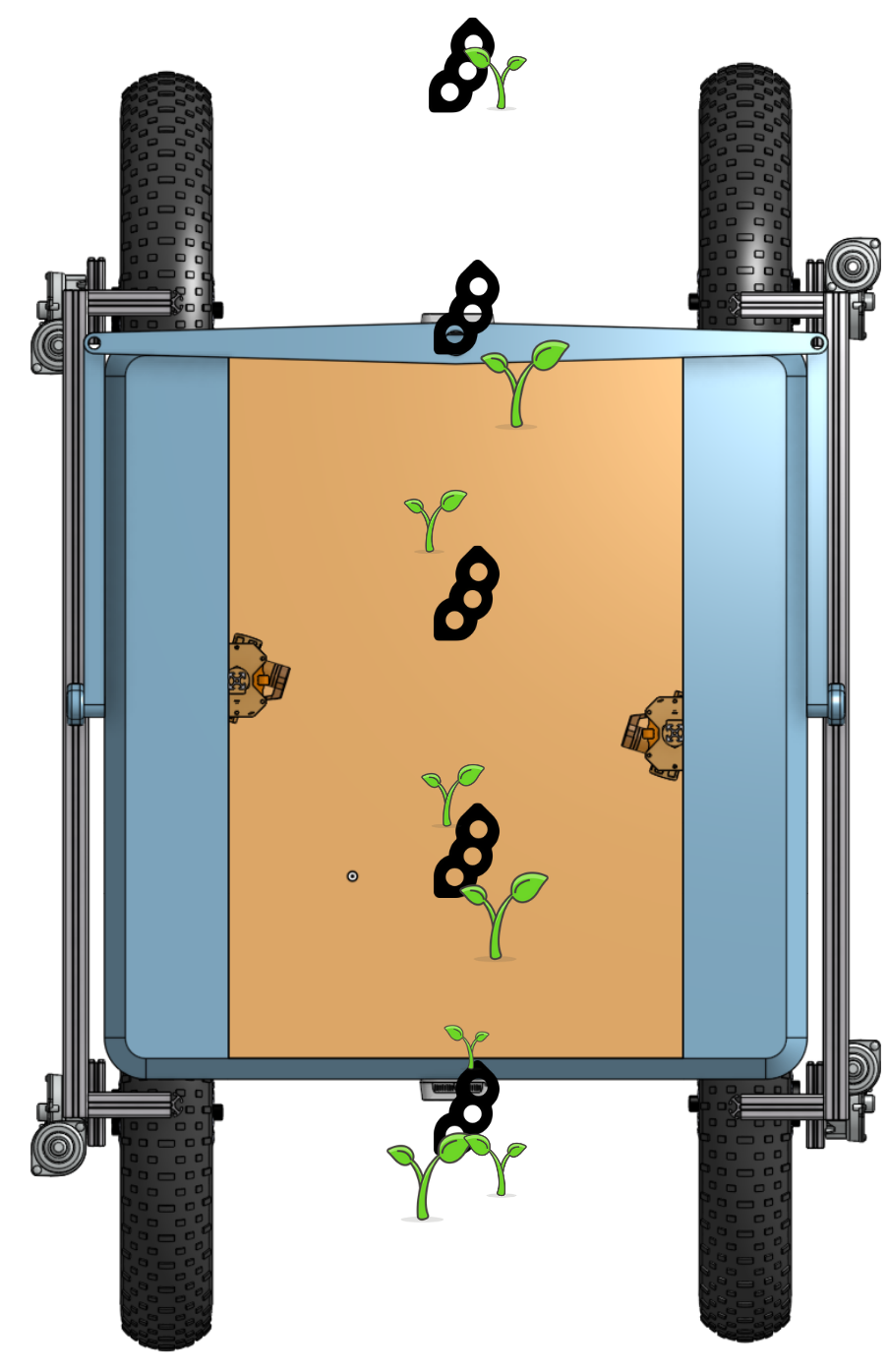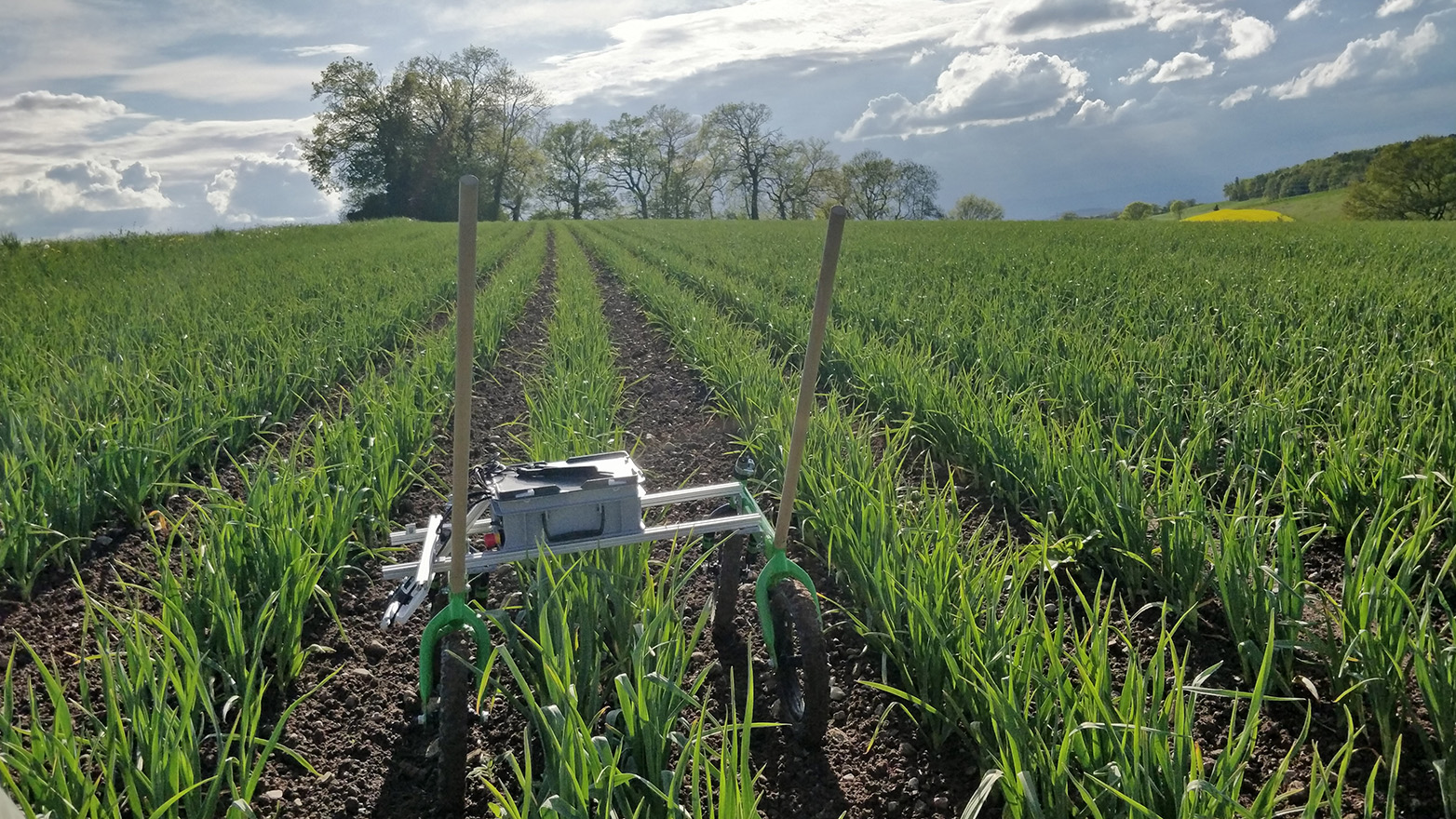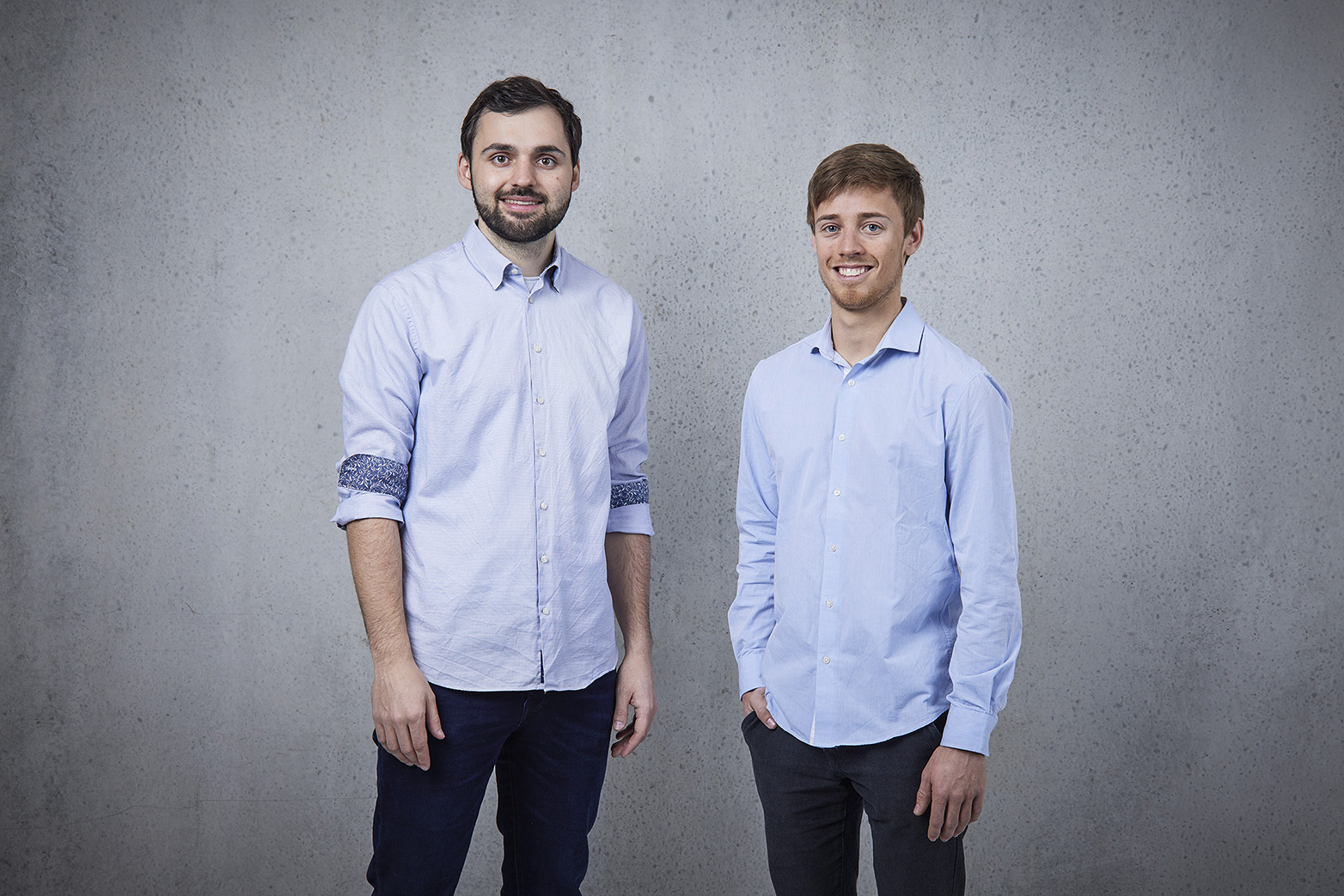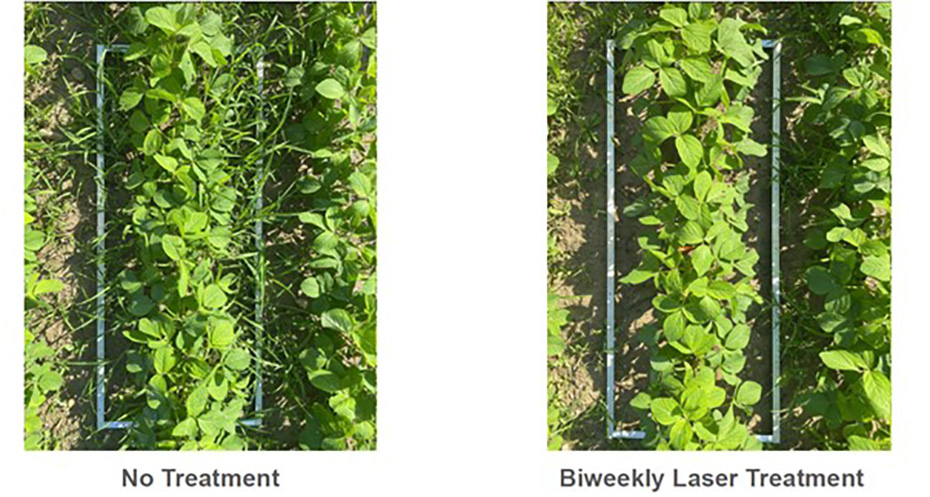Laser based weeding robot
Weeds are traditionally killed either by using herbicides or by a combination of mechanical hoeing and manual weeding. The ETH weeding robot with integrated laser promises to save countless hours of manual labour as well as scalable organic farming without chemicals.
With its "external pageFarm to Forkcall_made" strategy, the EU aims to produce a quarter of its agricultural products organically by 2030, compared to only 7.7% today.
For a producer of organic products, weeding is a very time-consuming and cost-intensive but inevitable task. Without weeding, a considerable part of the harvest would be lost. Weeding costs drive up the price of organic vegetables. Producers often hire temporary staff because the delicate work close to the plants can still only be done by humans. The two ETH Pioneer Fellows Aurel Neff and Patrick Barton talked to many Swiss farmers at length and discussed possible solutions for this problem.

Detection and regulation of weeds in the immediate vicinity of the plant without destroying it (Source: Caterra Aurel Neff and Patrick Barton)
The Caterra project combines the disciplines of robotics, mechanical engineering, and machine learning
Aurel Neff and Patrick Barton both studied at ETH Zurich. Aurel Neff studied mechanical engineering and robotics and Patrick Barton studied electrical engineering and robotics - his master's thesis involved the application of deep learning. Their combined knowledge is ideal for developing a solution for a sustainable and efficient weeding robot.
The lightweight robot is controlled via GPS and contains an RGB colour camera, which is intended to detect weeds with the pre-programmed algorithm and safely kill them with heat by using the integrated laser. Tests are planned for the summer of 2022.
The laser-based approach enables the removal of weeds that are close to the crop (see illustration), which is not possible as precisely with mechanical methods, for example hoeing. This is a laborious and strenuous job that has to be done manually. Because the robot is so light, it can be returned to the field soon after rainfall without causing any damage. Operation in the dark is also possible and will be evaluated in the field this summer.
"The laser-based approach enables the removal of weeds that are close to the crop.”Aurel Neff, Caterra founder and ETH Pioneer Fellow

The advantage of this solution is that the robot can do the finer work and thus perfectly complements the mechanical hoeing method. This avoids the use of herbicides, which harm the microorganisms, pollute the soil, and ultimately the drinking water.
The objective is to fully automate the control of weeds
The weeding robot is intended to detect and control weeds autonomously - initially stationary. The early Caterra prototype has successfully stored plant images and reliably detects weeds. The next field trials with the second generation of the robot will be carried out in spring and summer 2022. The weeding robot will then recognise the weeds in the field and kill them directly. Caterra already has partners in the agricultural sector, including several small and large-scale farmers. The federal competence centre for agricultural research Agroscope is also involved. Aurel Neff and Partrick Barton are currently looking for further cooperation partners for their pilot trials in vegetable cultivation.
"Small, light, and free of chemicals - our solution will point the way to more sustainable agriculture," believe the two researchers, who are planning to set up a company in the long term.

Contact/Links:
The Pioneer Fellowship is an extensive support programme that provides innovative thinkers and creators ideal conditions for starting their entrepreneurship journey. The programme is tailored for ETH PhD-students, but is open also for MSc-students and postdocs.
Do you want to get more "News for Industry" stories?
external pageFollow us on LinkedIncall_made
Are you looking for research partners at ETH Zurich?
Contact ETH Industry Relations

